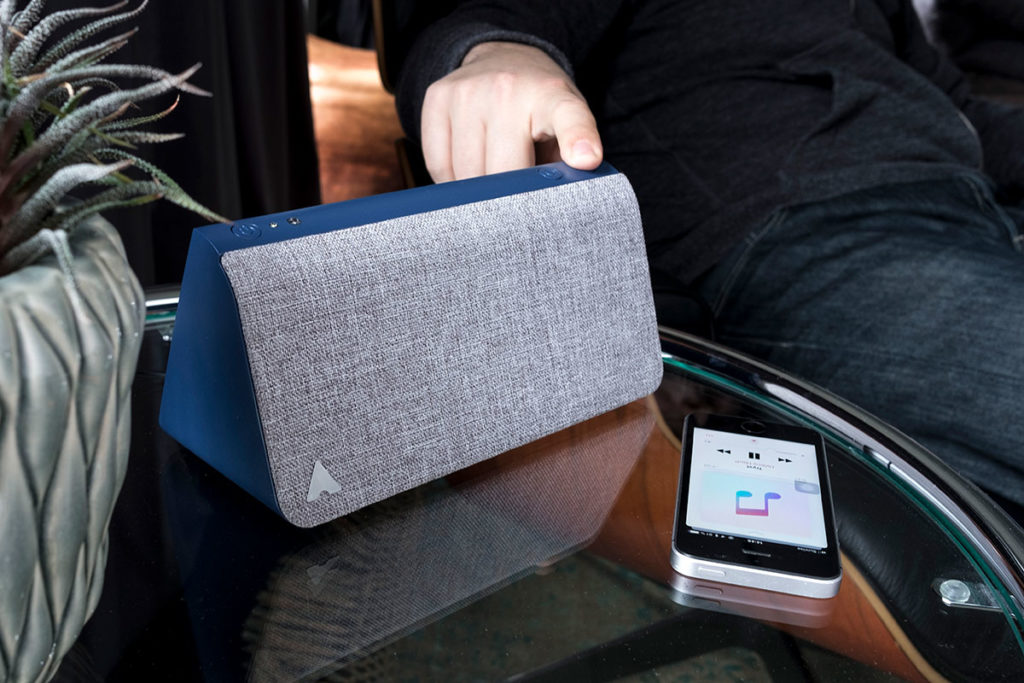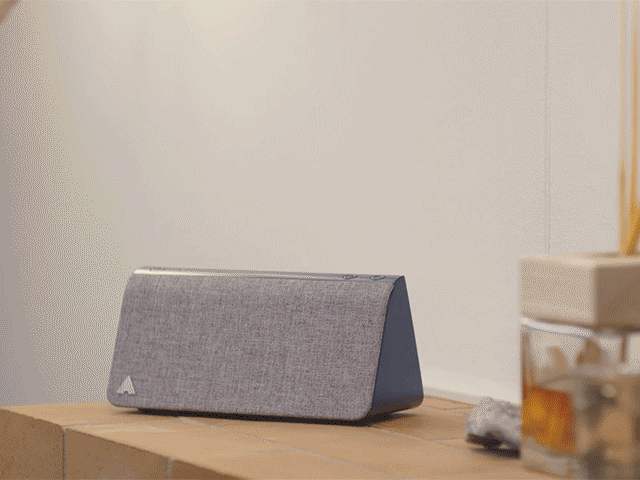- Kevin, the smart home device by Swiss startup mitipi, aims to prevent burglaries at home.
- It simulates presence at home using lights and audio effects.
- Kevin uses rear-mounted LEDs, which are controlled by an algorithm and can simulate up to 100 household activities.
Swiss startup mitipi has created a smart home device called Kevin, designed to prevent burglaries at home. Figures show that, in the US and in Europe, one in two people will experience a burglary during their lifetime. Mitipi wanted to change that and prevent the break-in before it happens.
Kevin is the first IoT smart home device to simulate the presence of people in a room by emitting light, shadow effects, and sound. This should make burglars think that someone is at home so they won’t want to break in for fear of being caught.

Always at Home, Even When You’re Not
Kevin is built to be extremely easy and convenient to use. Place the device in an exposed room of your home – such as the kitchen, living room or corridor – plug it in and set it up. Then, the device will emit lights and sounds that give the impression that someone is in the house.
To produce variable simulations of presence in the home, Kevin uses a smart logic that considers multiple factors such as location, language, weather, home type, and much more.

The smart home device also contains full sets of custom simulation data made with matching and corresponding visuals. These include lights which produce shadows and movement effects, as well as acoustics such as household sounds and conversations. Simulation data is added the longer you have Kevin, as it adapts to its surroundings and its new home. A week’s worth of simulation data is already onboard after the purchase.
Let’s Look Under the Hood
The amount of white light available surpasses that of a 130+ watt incandescent light bulb. Additionally, Kevin has an RGB adjustable colour model that gives the effect of a TV being on. This effect is equivalent to a contemporary 65” television. Combined with over 3000 lumens, this is about as much as a headlamp found in cars.
Kevin’s integrated speaker has been selected for natural sounding, high volume audio and good speech representation.
You can tailor Kevin to your preferences, so your home looks as it normally would be if you were there.
Easy Use and Remote Monitoring
Kevin can be controlled via the three physical buttons on the box, which enables the user to operate all the core functions, or also through the companion mobile app. The app requires the smart device to be connected, and then it allows the user to monitor the device remotely and activate it automatically if you are away from home and forgot to switch it on before you left.
Its core features all work in offline mode, should you prefer. Software updates and additional content, remote control options, and monitoring features are all online-dependent. Up to date, Kevin supports English and German language. However, mitipi hopes to add additional languages later as downloadable content.
The team at mitipi are aware of the ecological impact of Kevin, and are still working on lowering even further the impact Kevin has on the environment. Currently, peak consumption, with all features fully turned on, emits 60W or less, with the average use considerably lower than that.
The first release wave of Kevin was delivered to backers on Kickstarter at the end of 2018.


